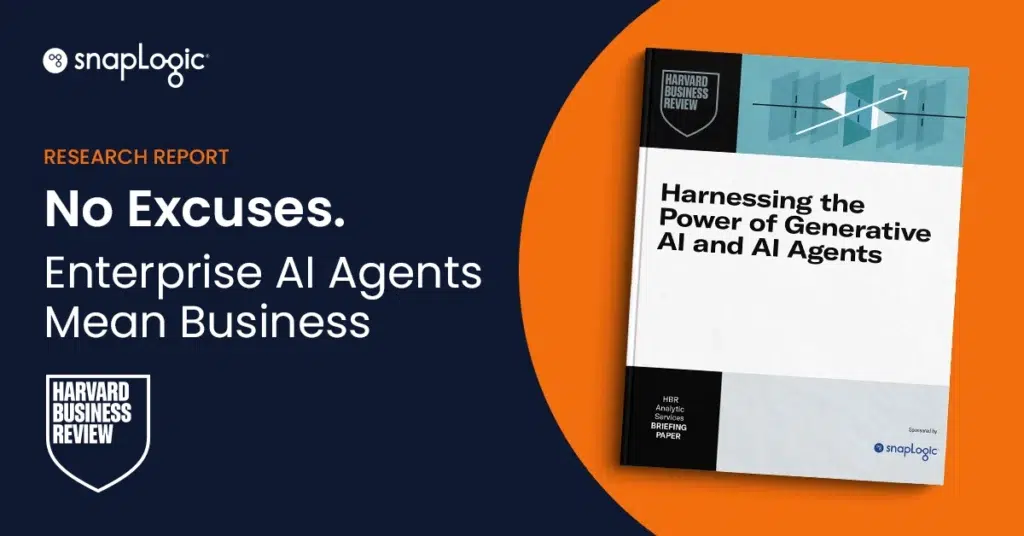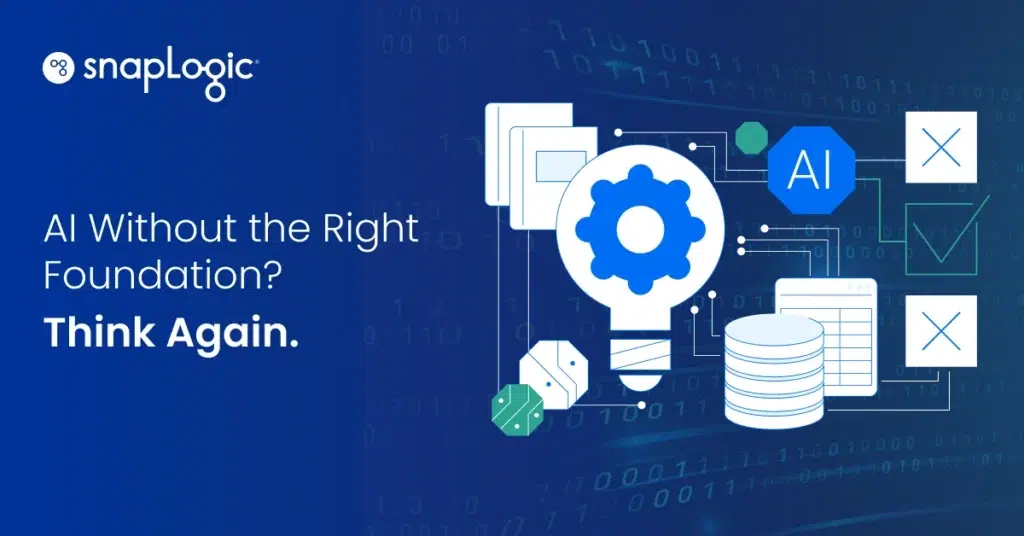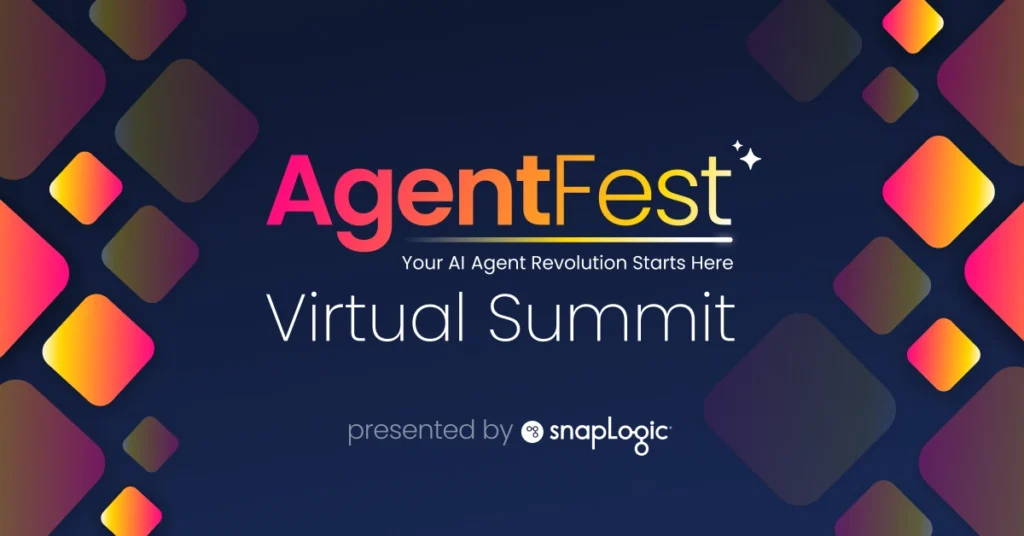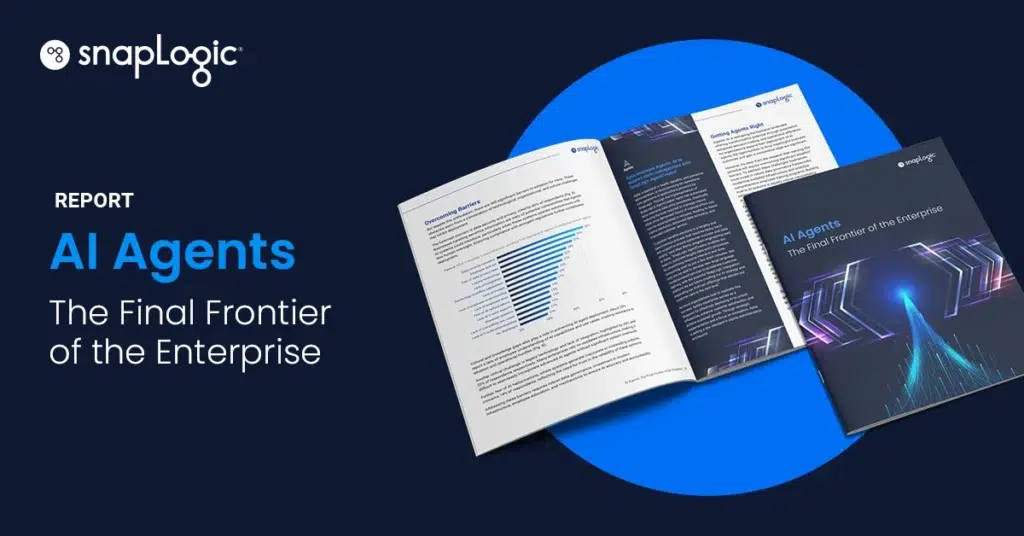An Integration Requirements Document assesses and describes the requirements for successful data integration. Much like a Systems/Software Requirements Specification (SRS), the Integration Requirements articulate the expected behavior and features of the integration project and related systems. Most Integrations Requirements Documents are part of a larger Data Integration Requirement Plan and quality of service standards. Typically, integration requirements documents include timelines, goals, expectations, rules, and roles – as well as company-specific requirements – that will encompass complete data integration from all contributors to the process.
Documents carefully outline expectations and show a homogenous agreement among the company as to how to move forward with integration.
Why perform and integrate?
Integration Requirement Documents include scope and input documents. They often start with establishing a current evaluation of the business and data system. Then, they will explain the problem the integration is solving for and the business operations affected. As part of this, an assessment of the current data landscape is performed.
What kind of integration project and architecture?
The Data Integration Requirements Documents also provide a detailed model for the kind of integration project and architecture that will be performed, something like a blueprint. The data integration model will define what each of the architectural details are and their function. For example, will it be a cloud-based data lake or an in-house data warehouse?
The Data Integration Requirements will include all software, hardware, features, and processes that are included in the data integration.
Integration requirements for today: 10 integration requirements
Currently, most application integration is done through REST and SOAP services, which have been determined to meet the majority of the needs on the integration requirements document. Integration requirements have changed, particularly as data management and use has been shaped by a newer, cloud-based utility.
SnapLogic has outlined 10 of the requirements for the most contemporary, highest-functioning integrations. The “10 Modern Data Integration Platform Requirements” for a unified iPaaS are:
- Application integration is done through SOAP and REST services
- Large capacity for data integration and storage through a data lake or cloud-based data warehouse
- The integration will be able to support the present and coming data velocities whether batch or streaming data
- Event-based integration over clock-driven integrations
- A document-centric data integration strategy
- Hybrid integration, including for both cloud-to-cloud and cloud-to-ground scenarios.
- Integration must be accessible via REST/SOAP APIs
- Instead of location, new integrations must be focused on connectivity for speed and agility
- Elastic integration able to operate in real-time and fluctuating event-based demands
- SaaS-based approach wherein integration is delivered as a service to anyone who needs access
Read more about modern requirements in 10 New Requirements for Modern Data Integration on DBTA.









